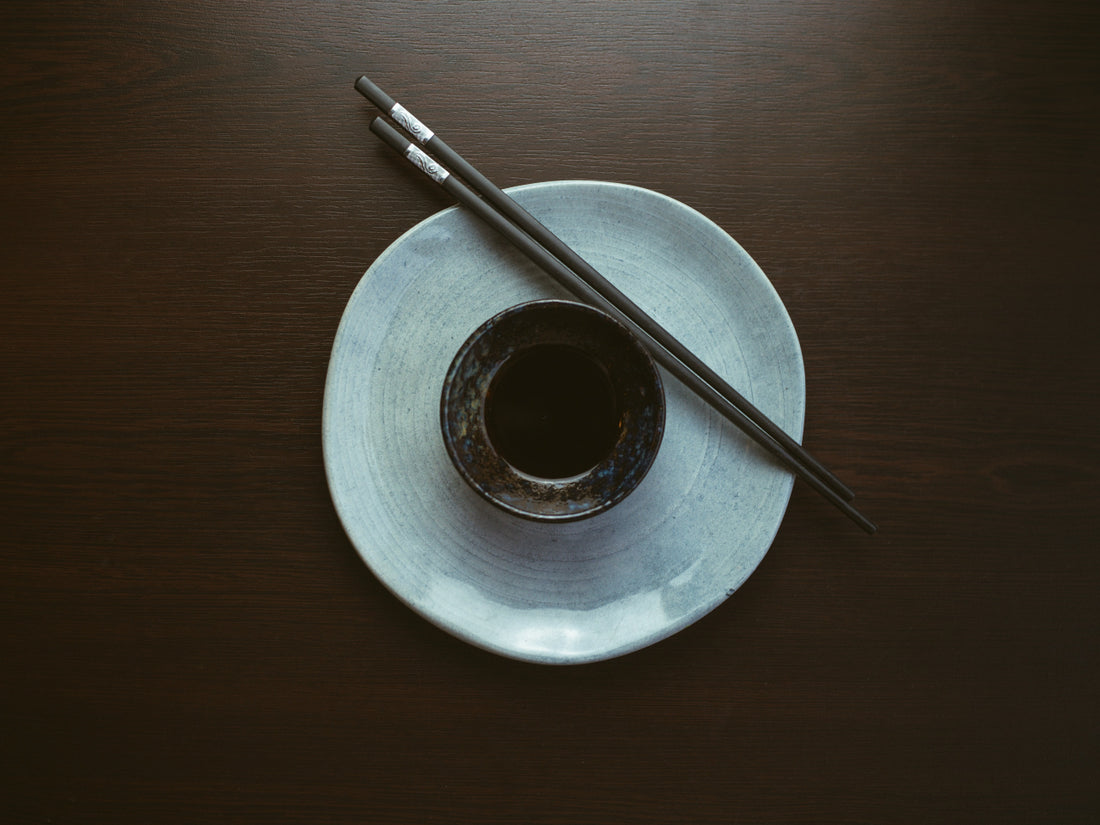For most people, their first encounter with shoyu was with sushi, a dish often served with wasabi, ginger, and a small cup of brown dipping sauce. Soy sauce is one of Japan's favorite seasonings and is used in many different ways. Although it can be translated as "soy sauce," it is very different from Chinese soy sauce.
What is Shoyu

Soy sauce was invented in China during the Western Han Dynasty (221-207 BC). It was originally fermented from meat, fish, and salt. Later, soybeans were added to the recipe as a substitute for meat and fish. The recipe spread throughout East and Southeast Asia and arrived in Japan in the 7th century AD. The Japanese improved the recipe and invented shoyu (Japanese soy sauce). Today, about 80% of shoyu is brewed using the method known as honjozo.
Shoyu is a versatile liquid condiment that can be used as a sauce, seasoning, and marinade. The most common use of shoyu is as a dipping sauce, often served with sushi, gyoza, or tempura. Shoyu can also be used as a condiment. It is often added to soups and stews to enhance the umami flavor. Sometimes it can be used as a substitute for salt. Another popular use of shoyu is in marinades. Almost anything can be marinated: eggs, seafood, meat, and vegetables. Tare is a sweet and salty shoyu-based sauce used as a glaze. It isn't the only shoyu-based glaze. There are different types of shoyu-based sauces for different ingredients.
Types of Shoyu

Shoyu is an umbrella term for all Japanese-style soy sauces, which can be usukuchi (light soy sauce) and koikuchi (dark soy sauce). Usukuchi shoyu is a light soy sauce often used in light-colored dishes such as soups. It's light in color and intense in flavor because it uses more salt in its recipe. It originated in the Kansai region of Japan and accounts for 10-15% of all Japanese shoyu.
Koikuchi shoyu is an all-purpose soy sauce for use both cooked and raw. It has a salty and deep umami flavor with a slight sweetness. It originates from the Kanto region, which accounts for 80% of all Japanese shoyu.
Tamari, also known as tamari shoyu, is actually a by-product of miso production but has an identical manufacturing process to shoyu. It is gluten-free because it is fermented from soybeans without wheat. It has a dense umami flavor and is suitable for use with sushi, sashimi, senbei, and other grilled foods.
Unlike tamari, shiro shoyu is made with more wheat. It is also called white soy sauce because of its light color and mild flavor. It is often used as a dipping sauce for raw fish or as a flavoring for clear soups.
Saishikomi shoyu, the twice-brewed soy sauce, is darker in color and thicker than other shoyu. It has an intense umami flavor with a distinct sweet undertone, making it a perfect dipping sauce for sashimi and sushi.
Difference Between Shoyu and Soy Sauce

Shoyu is an exclusive term for Japanese soy sauce, while soy sauce refers to Chinese soy sauce, which is the most common soy sauce in the world. Similar to shoyu, Chinese soy sauce is made from soybeans, wheat, and some preservatives. However, the ratio of soybeans to wheat is not 50/50 - Chinese soy sauce contains more soybeans. Also, Chinese soy sauce is not fermented as long as shoyu. Typically, Chinese soy sauce is fermented for a few weeks, maybe up to a month.
On a final note, shoyu is the word used by locals for soy sauce in Hawaii. In fact, it has become so normalized that some people may get confused at hearing the words, "soy sauce," and not respond. Feel free to say "Shoyu, please" in Hawaii and expect no hesitation by your server to bring you some soy sauce right away!

